
SYDNEY DECKING SOLUTIONS
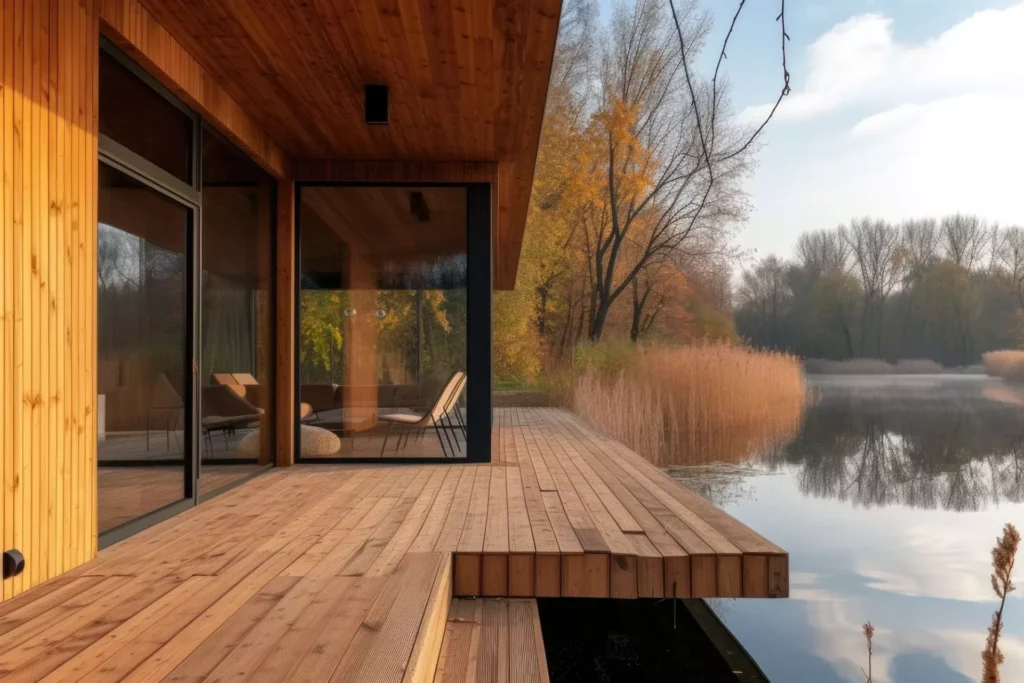
When embarking on a project to build a deck, one of the crucial decisions to make is determining the appropriate size and type of timber to use for the decking frame. The selection of timber for your frame plays a significant role in the overall longevity and stability of your deck. In this article, we will delve into various aspects of choosing the right timber, calculating joist spacing, installing bearers and joists, understanding timber sizes, and fixing decking boards to the frame. Let’s explore the key considerations when working with timber for your deck construction.
What Size of Timber Should I Use for Timber Decking Frame?

When it comes to building a timber decking frame, the size of the timber you choose is crucial. The size of the timber will determine the overall strength and stability of your deck, so it’s important to select the right size.
For a typical residential deck, a good rule of thumb is to use 4×4 or 6×6 timber for the posts, and 2×6 or 2×8 timber for the joists and beams. These sizes will provide the necessary strength and stability to support the weight of the decking boards and any furniture or people on the deck.
The size of the timber you should use for your decking frame will depend on several factors, such as the size of your deck, the weight it will need to support, and the local building codes. Generally, the larger the deck and the heavier the load it needs to support, the larger the timber you’ll need to use.
How to Choose the Right Timber for Your Decking Frame

Before jumping into the specifics of timber sizes, it’s essential to understand the factors that influence your choice of decking timber. The durability, strength, and aesthetics of the timber are key aspects to consider when selecting the material for your deck frame.
When choosing timber for your deck, factors such as the timber species, treated pine, hardwood, or composite decking, should be taken into account. Each timber type has its unique characteristics in terms of durability, maintenance requirements, and cost.
The size of the timber you’ll need for your deck frame depends on various factors, including the span of the deck area, the load it will bear, and the building code requirements. Common joist sizes like 45mm or 50mm are often used, and the spacing between joists is crucial for the structural integrity of the deck.
Hardwood timber, such as spotted gum or merbau decking, offers exceptional strength and durability, making it an ideal choice for decking frames. Using hardwood can enhance the longevity of your deck and withstand outdoor elements effectively.
Calculating Joist Spacing for Your Timber Deck Frame
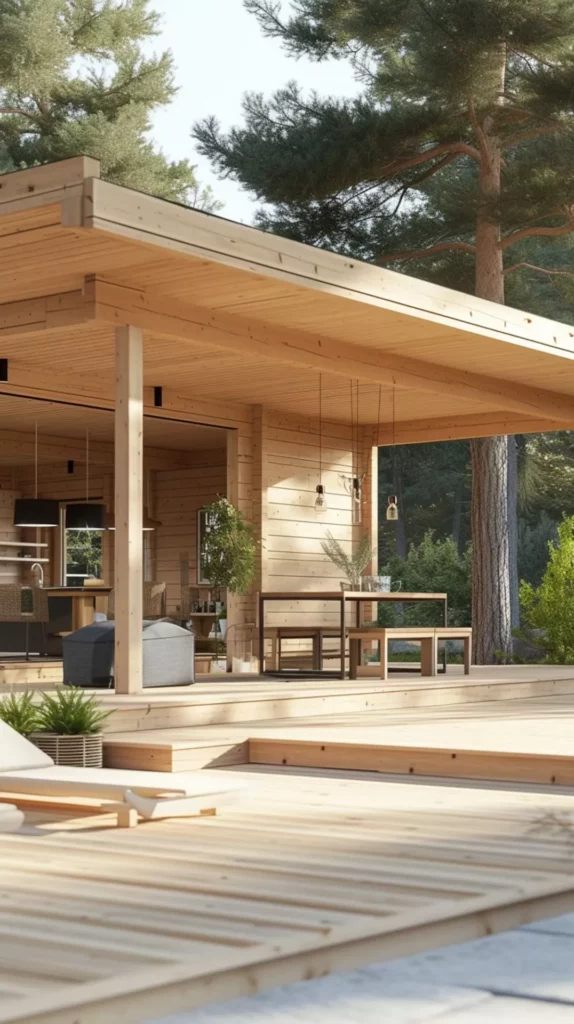
Proper joist spacing is essential for the stability and load-bearing capacity of your deck. Calculating the right joist spacing ensures that your deck can support the weight of decking boards, furniture, and occupants without sagging or structural issues.
The correct joist spacing prevents the decking boards from bending or warping over time. It also ensures that the deck is structurally sound and complies with building regulations regarding safe load-bearing capacities.
Depending on the type of decking boards you use, the recommended joist spacing may vary. For example, when working with composite decking, a narrower joist span may be required compared to timber boards. Always follow the manufacturer’s guidelines for the specific decking material you choose.
Using tools like measuring tapes, squares, and levels can help you achieve precise joist spacing during the deck construction process. Proper techniques such as evenly spacing joists, securing them with suitable fasteners, and levelling the frame are essential for a successful deck project.
Installing Bearers and Joists in Your Deck Frame
When installing bearers and joists in your deck frame, attention to detail and proper techniques are crucial to ensure the structural integrity of the deck. Avoiding common mistakes and selecting the right size and type of timber for these components are key considerations.
Positioning bearers correctly and securing them to footings or supporting structures is vital for the stability of the deck. Ensuring that bearers are level, evenly spaced, and securely fixed helps distribute the weight of the deck load effectively.
Selecting the appropriate size and type of joists based on the span of the deck and the load it will support is essential. Factors such as timber species, joist sizes, and spacing between joists should be considered to meet the structural requirements of the deck.
Common errors during the installation of bearers and joists include inadequate fixing, improper spacing, or using undersized timber. These mistakes can compromise the integrity of the deck and lead to issues such as sagging or instability over time.
Understanding Timber Sizes for Deck Frame Construction
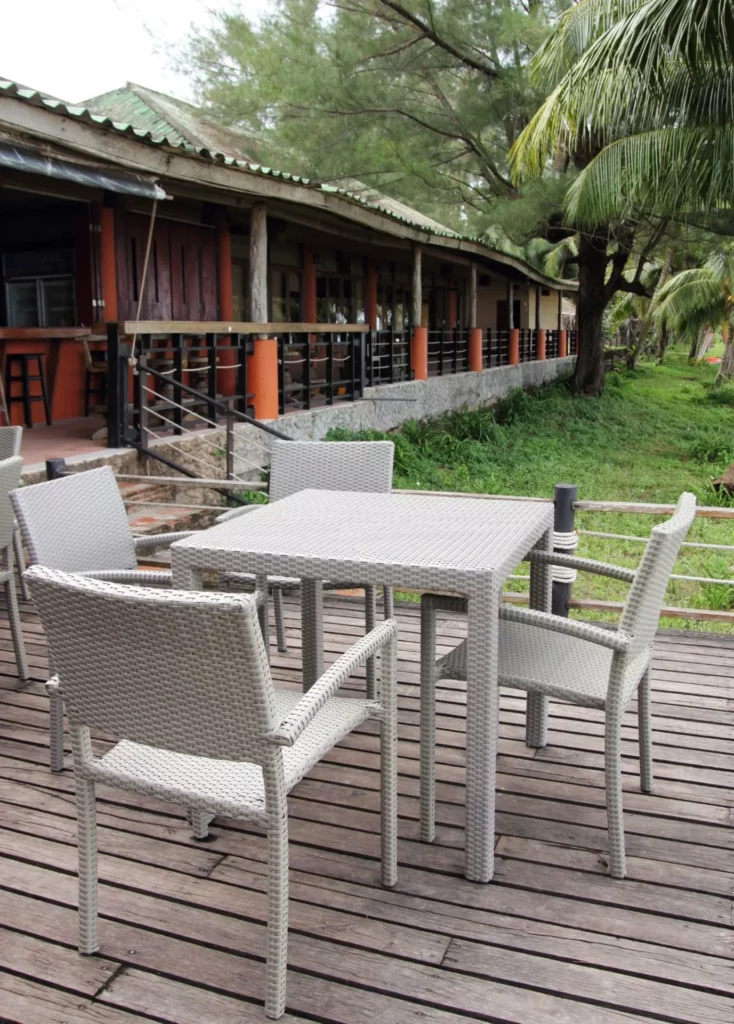
Comparing timber sizes and their strengths is essential when designing a deck frame. Different timber types and sizes offer varying load-bearing capacities and durability, influencing the overall stability and longevity of your deck.
Properly cutting and fitting timber for decking frame components, such as joists and bearers, requires precision and accuracy. Using appropriate tools and techniques ensures that the timber fits securely and contributes to the structural integrity of the deck.
When sourcing timber for your deck frame, consider reputable timber merchants or suppliers that offer quality materials. Popular choices like treated pine, hardwood, or composite decking materials can be found at hardware stores like Bunnings or specialty timber suppliers.
Tips for Properly Fixing Timber Decking Boards to the Frame
Securing decking boards to the frame requires the use of appropriate fixings and fasteners to ensure a sturdy and long-lasting deck surface. Proper installation techniques help prevent warping, movement, and potential safety hazards associated with loose or improperly secured decking boards.
Nails, screws, and specialised deck fasteners are commonly used to secure decking boards to the frame. Choosing the right type of fixing based on the decking material, climate conditions, and exposure to moisture can maximise the longevity and stability of your deck.
Properly attaching decking boards to the frame involves aligning the boards correctly, using recommended spacing between boards, and securing them with appropriate fixings. Ensuring a secure attachment prevents boards from lifting, shifting, or warping due to external factors.
By utilising the right fixings and fasteners, you can minimise the risk of warping and movement in decking boards over time. Properly securing each board to the frame and allowing for expansion and contraction due to temperature changes helps maintain the overall stability and appearance of your deck.
Conclusion
The size of the timber you use for your decking frame is crucial for the overall strength and stability of your deck. The recommended sizes are typically 4×4 or 6×6 for the posts, and 2×6 or 2×8 for the joists and beams. However, it’s important to consider the size of your deck, the weight it needs to support, and any local building code requirements when selecting the timber size. By choosing the right size of timber, you can ensure that your deck is safe, sturdy, and built to last.
FAQs
Q: What size timber should I use for the timber decking frame?
A: The size of the timber you should use for the decking frame depends on factors such as the span between supports, the weight it needs to bear, and local building codes. Common joist sizes include 90 x 45mm and 100 x 100mm.
Q: Where can I buy decking timber and framing timber?
A: You can purchase decking timber and framing timber from hardware stores like Bunnings or specialty decking supplies shops. They offer a variety of sizes and types suitable for different projects.
Q: How do I build a deck on my own?
A: To build a deck on your own, you need to decide on the size and design, obtain the necessary permits from the local council, gather the materials including joists, bearers, and fixings, and follow a step-by-step guide for construction.
Q: What is the recommended spacing for joists on bearers?
A: Joists are typically placed with a spacing of 400mm to 600mm apart on bearers for structural support. This spacing helps distribute weight evenly and ensures the stability of the deck.
Q: Can I build a low-level deck without needing a railing or balustrade?
A: Yes, you can construct a low-level deck without a railing or balustrade if it is less than 1m from the ground. However, it’s important to check local building codes to ensure compliance with safety requirements.
Q: What are the common lengths of decking timber available for purchase?
A: Decking timber is commonly available in lengths such as 3.6m x 3.6m, but you can also find other lengths depending on your specific project requirements. It’s essential to measure and cut the timber accurately for a precise fit.
Q: What are some good practices to adhere to when building an outdoor deck?
A: When constructing an outdoor deck, it’s important to use proper fixings, ensure the timber is adequately supported every 400mm to 600mm, and include noggins for additional stability. Following these practices will help create a durable and safe outdoor living space.
Request a quote
Related Posts


Know the Difference Between a Carpenter and Joiner.
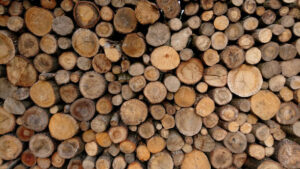
The Best Timber You Should Use for Making Gates and Fences
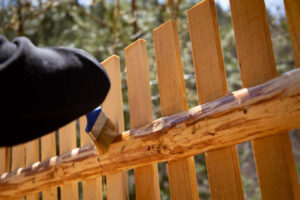
Build Your Own Timber Gate: A DIY Guide
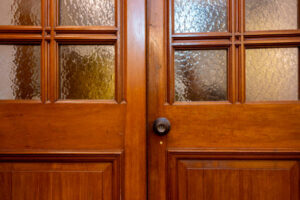
Entrance Doors: The Beauty of Timber Front Doors with Glass
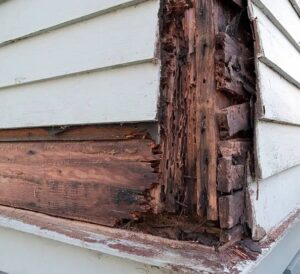
Learn How To Stop Dry Rot and Wet Rot From Spreading
Ready to Start Your Dream Project?
Reach out to us today and take the first step towards a stunning addition to your Sydney home..
- Licensed And Insured
- 35+ Years Experience
- No-Obligation Free Quotes
SYDNEY DECKING SOLUTIONS
- 0411 763 469
-
7:30am - 5:00pm
Monday - Friday
© 2024 Sydney Decking Solutions. Website created by KC Web Design